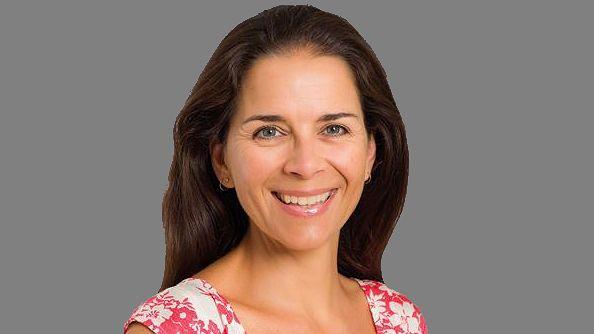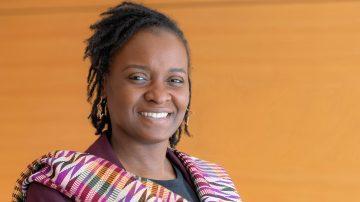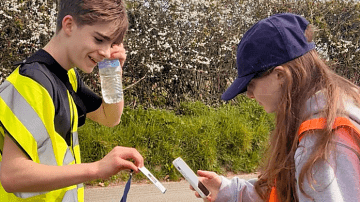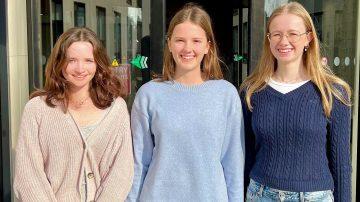Guernsey’s Committee for Education, Sport & Culture has today published a side-by-side comparison of the models that remained part of the debate on the future of Secondary and post-16 education when it was interrupted in July.
The debate is set to resume in the States tomorrow (Wednesday 8th September 2021).
There are a number of amendments proposing alternative models to what has been put forward by the Committee. A team of officers from Education Sport & Culture’s Transforming Education Programme Team (including those who provided advice to those Deputies proposing amendments) has spent time during August preparing this document.
Its purpose is to present a ‘side-by-side comparison’ of the Committee’s proposed model alongside each model that the different amendments would likely create.
- This is a ‘side-by-side comparison’ in that it provides information about each model in a single document
- Every effort has been made to establish a realistic picture of the model that each amendment would create, based on the information and detail found in each amendment
- Where it is not clear what assumptions have been used by those laying the amendments, this is explained and/or suggestions have been made to demonstrate the potential reality of the model being proposed by that amendment
- Likewise, if an amendment provides no detail on an element of its proposed model, this is clearly stated
This approach allows a high-level comparison to be made of the features, costs and benefits of each of the models along with an evaluation of them against the strategic issues facing the Bailiwick, and against staff priorities. There will, or course, be a need for any selected model to be developed in more detail. The intention of the document is to facilitate a more informed debate and comparison of the models proposed.
Deputy Andrea Dudley-Owen (pictured), President of the Committee for Education, Sport & Culture, said: “The first thing that our Committee must make clear is this is not a political document. It has been prepared by officers who have spent time reviewing the various amendments, along with details they include and also key details not included. These are really important points that people should keep in mind when reading the side-by-side comparison document.
“Notwithstanding that, I will provide political comment on what this comparison document shows. It demonstrates a level of naivety in the approach that some of our colleagues have taken when laying these amendments. They have proposed models without any real understanding of how complex education systems are and what the structures they have proposed would actually look like in practice, or in some cases whether the detail in their amendment is even deliverable, especially where that detail contains contradictions. This is why I have consistently said, that it is never a good idea to design education policy via amendment from the floor of the Assembly, or even in isolation from experts who have experience in systems design.
“The capital cost of any system is naturally, very important, and much has been made about the cost of our proposals to build a new sixth form centre at Les Ozouets as part of the creation of a post-16 campus. Yes, there is a significant capital investment in that part of our plans, but what opponents don’t tell you is that there is also a significant cost to leaving things the way they are. All the other model options being proposed cost roughly the same or potentially more. Even the “do minimum” option of closing La Mare de Carteret and retaining the other 3 secondaries retaining the sixth form at the Grammar site, proposed by Deputies Cameron and de Sausmarez, rejected by the States in July, would have cost roughly the same or more in capital terms than the more forward looking model that the Committee is proposing, which will invest in our children’s and island’s future.
“The cost of building a new sixth form centre at Les Ozouets represents value for money. Investing in our people is the best investment of all, especially in the Post 16 phase of education if we’re to ensure we have the structures and infrastructure in place to deliver flexible options for our young people in the future. We will create a centre of excellence that can provide certainty for an uncertain future when it comes to post-16 studies, since we already know that the line between technical, vocational, professional and academic qualifications is highly likely to blur and even merge in the years ahead.
“Annual running costs of any model are clearly also an essential factor to consider. We have undertaken a high level investigation to identify what the annual, operational costs of our proposed model would be and have spoken about the reductions that can be made. Unfortunately the team has not been able to include this information for other models being proposed, because the amendments simply do not provide enough detail – which is understandable given they are little more than concept models. But this is yet another reason why education policy via amendment isn’t wise.
“Our Committee has heard the continual refrain from some quarters for us to complete the ‘pause and review’ directed by the last States but scrapped by this Assembly. The irony is that, at least in part, the models under consideration as part of that review were very different to the models now being put forward via amendments, further sadly highlighting how pointless that exercise actually was given the constraints of its terms of reference ‘Education policy cannot – and must not – be viewed in isolation from the rest of island life. Education has a vital role to play in stabilising and growing our economy and this debate is about education being part of our recovery in the short-term, and future-proofing the delivery of Secondary and post-16 education in the long-term.
“Any suggestions that our proposals don’t invest in 11-16 education are not true. We are seeking to spend millions on the necessary upgrading of the facilities at the Grammar School and adding a new CIAS base at Beaucamp. We will not however propose spending taxpayers’ money to extend buildings where there is already enough space. However, not investing in every school setting does not mean we won’t be investing where it really counts – and that is about what goes on inside the classrooms.
“The creation of a post-16 campus is a key element of our plans, as it is the best way to develop and embed the life-long learning culture that our island needs in order to flourish, both now and in the future, whilst simultaneously ensuring that all post 16 students have a common and shared experience, including the potential for a broader range of future choices than hitherto.”













